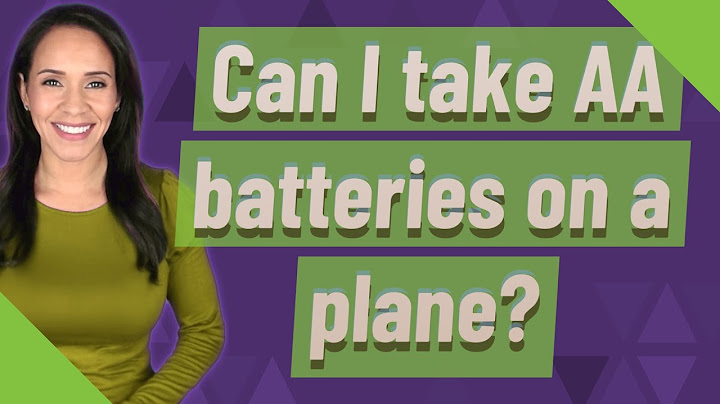Have you ever wondered why if you rub a balloon on your hair it makes your hair stand up on end? It’s all to do with something called static electricity. Show It’s also static electricity that sometimes gives you a shock when you touch something metal. The conductive metal discharges any static electricity that has built up on your skin creating a small electrostatic shock.  To make your hair stand on end all you need to do is blow up a balloon and rub it on your jumper or hair. Then place the balloon above your hair or some tissue paper and watch the hair or tissue paper become attracted to the balloon.  InvestigateTry recording the time hair stands up for if you rub it across your head, once, 5 times and 10 times. Do you think there will be a difference? What is static electricity?All objects are made of atoms. Inside atoms are protons, electrons and neutrons. Protons have a positive charge, electrons negative and neutrons have a neutral charge. Opposite charges attract each other and like charges repel. Mostly charges in an object are equal and balanced, static electricity occurs when the charges become imbalanced. When you rub a balloon on a jumper you add electrons to the surface of the balloon. Your hair is now more positively charged than the balloon so when the balloon comes close, the hair is attracted to the balloon and so sticks up on end. The same explanation works when you stick a static electricity charged balloon to a wall. Opposite charges attract, so the negatively charged balloon is attracted to the more positive wall.  You could try lots of different items to find out which stick to the balloon. More static electricity experiments for kidsFrugal Fun for Boys and Girls shows how to bend water using static electricity. Try our jumping tissue paper frogs experiment. Static Electricity FactsStatic electricity is called static electricity because the charge stays in a certain area for a period of time rather than flowing elsewhere. Lightning is an example of static electricity. Lightning occurs when static electricity builds up in clouds which the causes a huge spark to form between the cloud and the ground! Printers use static electricity to attract the ink to paper. Electrical components can be very sensitive to static electricity, which is why they are packaged in anti static bags. Static electricity is the buildup of electrical charge in an object. Sometimes static electricity can suddenly discharge, such as when a bolt of lightning flashes through the sky. Other times, static electricity can cause objects to cling to one another. Think of how socks fresh out of the dryer stick together. This happens when objects have opposite charges, positive and negative, which attract. (Objects with the same charges repel one another.) Could enough static electricity make a balloon stick to a wall? How much do you think you would have to rub it? Background Similarly, when you rub a balloon on your head it causes opposite static charges to build up both on your hair and the balloon. Consequently, when you pull the balloon slowly away from your head, you can see these two opposite static charges attracting one another and making your hair stand up. Materials Wool is a conductive material, which means it readily gives away its electrons. Consequently, when you rub a balloon on wool, this causes the electrons to move from the wool to the balloon's surface. The rubbed part of the balloon now has a negative charge. Objects made of rubber, such as the balloon, are electrical insulators, meaning that they resist electric charges flowing through them. This is why only part of the balloon may have a negative charge (where the wool rubbed it) and the rest may remain neutral. When the balloon has been rubbed enough times to gain a sufficient negative charge, it will be attracted to the wall. Although the wall should normally have a neutral charge, the charges within it can rearrange so that a positively charged area attracts the negatively charged balloon. Because the wall is also an electrical insulator, the charge is not immediately discharged. However, because metal is an electrical conductor, when you rub the balloon against metal the extra electrons in the balloon quickly leave the balloon and move into the metal so the balloon is no longer attracted and does not adhere. What happens if you rub a balloon to your hair?Rubbing the balloon against hair causes electrons to move from the hair to the balloon. Because electrons are negatively charged, the balloon acquires a negative charge, while the hair, with its loss of negative charges, now has a net positive charge.
What happens when you rub balloon on your hair and put it on a wall?This happens because of Static Electricity. Static Electricity is a familiar electric phenomenon in which charged particles are transferred from one body to another. When you rub your hair or a sweater against a balloon, charge transfer occurs, and Static Electricity is produced.
How do you attract balloons to your hair?To make your hair stand on end all you need to do is blow up a balloon and rub it on your jumper or hair. Then place the balloon above your hair or some tissue paper and watch the hair or tissue paper become attracted to the balloon.
|

Postagens relacionadas
Publicidade
ÚLTIMAS NOTÍCIAS
Publicidade
Populer
Publicidade

direito autoral © 2024 cemle Inc.




























